FAQ: Microneedling
-
What is microneedling?
Microneedling may sound like an intimidating procedure, no thanks to the word "needle" in its name, but the treatment can be considered a more effective way to do a facial—aside from the numbing cream involved. "You're really building collagen and thickening the skin, so instead of looking good for a few days after your traditional facial, your skin is smooth and radiant for much longer," explains Beverly Hills-based plastic surgeon Dr. Sheila Nazarian. "It's such a safe procedure, and is great for filling in acne scars." Of course, the idea of getting needles inserted into your face for the sake of skincare can seem intimidating, but if you've seen the before and after shots, there's no questioning the treatment's effectiveness, and instead of using injectable fillers to repair an indented area, the process kick-starts your body's own natural collagen production to heal the skin on its own. We asked Dr. Nazarian for a crash course on the treatment, so you can determine whether or not it's right for you.
-
How does microneedling work?
Microneedling is a treatment that involves using a tool with 9 super-tiny needles in the very tip, which can be adjusted by your professional between 0.5 and 2.5 millimeters. "0.5 millimeters is the smallest amount, which penetrates the stratum cornea, or the superficial layer of skin," Nazarian tells us. "You can think of microneedling as collagen induction—or collagen induction therapy, which is another name for it—and the treatment creates micro-punctures from the needles inyour skin. Your body treats a small wound the same way as a large wound, and sends fibroblasts to create more collagen in the affected area. We are basically tricking your skin into thinking it has been wounded, but as a result, we're thickening the skin and improving the texture with this procedure." It is a great alternative for those who are searching for more than a facial but not yet ready for laser treatment.
-
Am I a good candidate for microneedling?
If you need to grow a thicker skin you're probably a good candidate. "It's great for acne scarring, and because it doesn't use heat and is totally mechanical, it's safe for all skin colors and types," Nazarian says. "The treatment is wonderful for smoothing out the skin and filling in acne scars, but if you have those small bumps from clogged pores, it can help to clear all of that up as well." Just make sure there aren't any inflamed or infected areas on your skin, and if you have a cystic breakout, wait until it clears up before going in for your appointment. It addresses many facial issues such as fine lines and wrinkles; lifts sagging cheeks; tightens enlarged pores and smooths acne scarring.
-
Does microneedling hurt?
It shouldn't, provided that your practitioner numbs the area first. "We use a cream to numb the skin really well, so we can go as deep as we need to," she says. Afterwards you can expect the skin to be a little pink, and at the very worst, a few tiny punctate scabs that fade in a few days.
-
What areas of the body can I get microneedling for?
Microneedling isn't exclusive to just the face area. The treatment can be done anywhere the skin on the body needs to be thickened, particularly those that have stretch marks, like the legs, chest, or butt, and 4 to 6 sessions on average usually do the trick.
-
How often can I get microneedling?
Depends on the severity of the issue. "If your skin is generally fine and you take care of it, you can microneedle every 3 to 6 months, but someone with dramatic acne scarring should plan to do one session per month for 4 to 6 months," Nazarian explains. "After that, you can come in once a year for a touch-up whenever you feel like you need to give your skin a reboot."
-
What is microneedling aftercare like?
deally, you'll want to avoid putting on makeup for the rest of the day, but if you have prior commitments, it's totally safe to wear later in the night. You should avoid retinol products for the next few days and avoid strenuous activity for 48 hours. Sun exposure should be avoided for one week. You will need to wash your face 1-2x/day after the first day. You can use your regular moisturizer 1-2x/day.
-
What can microneedling fix?
Microneedling may help address many skin-related complaints, including: wrinkles, scarring, acne, alopecia, skin pigmentation issues, stretch marks, rosacea, or loose skin, such as after weight loss or liposuction.
-
What are the risks to microneedling?
The medical community generally considers microneedling to be safe and effective, but there are still some risks.
The primary risk is skin irritation after the procedure. Other side effects could include swelling, discomfort at the site, redness, bruising, dryness, flaking of the skin

